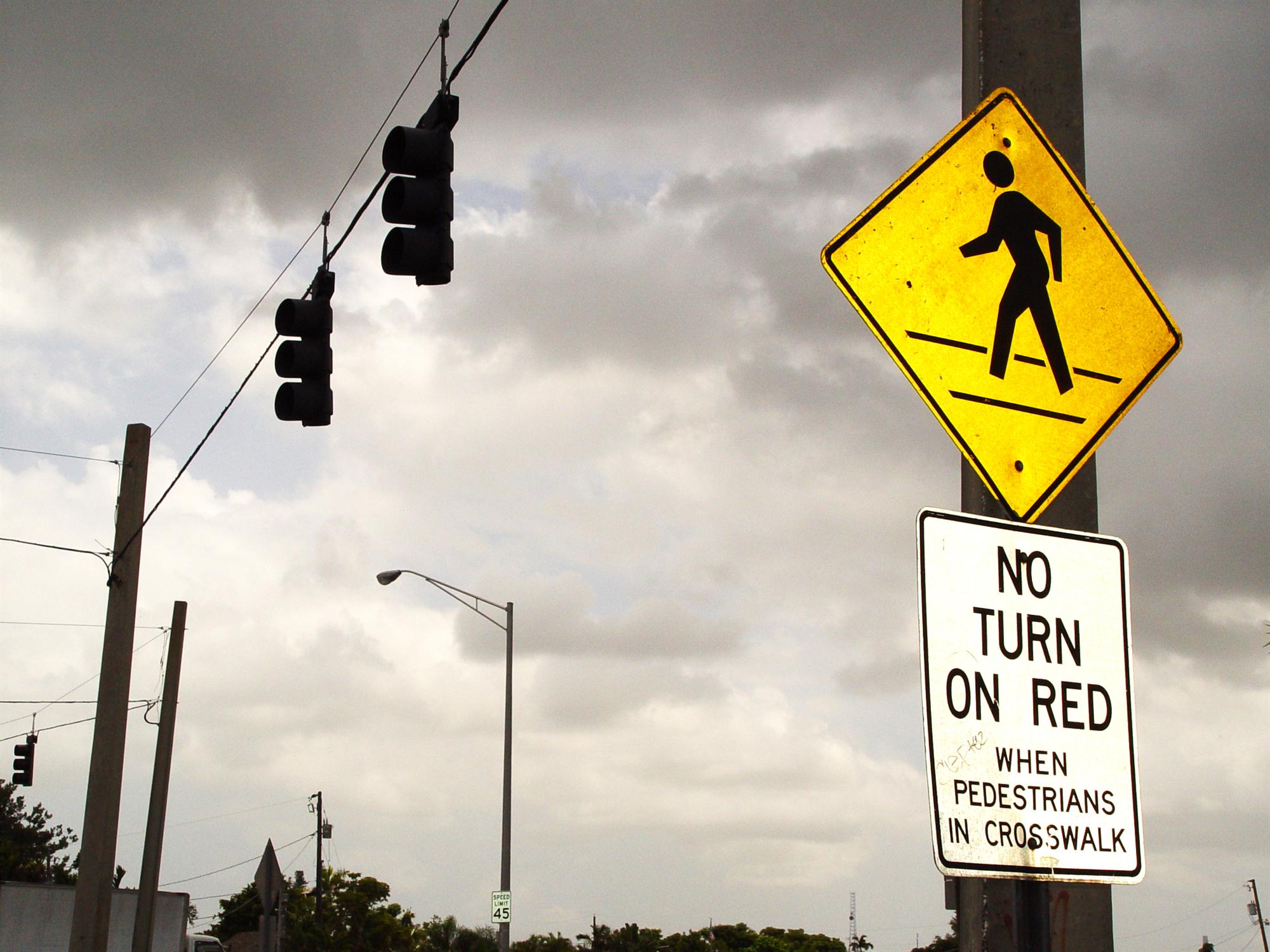A few US ports had cause to cheer with federal funding coming their way, but for the most part, Washington’s infrastructure budget plans are drawing expressions of dismay from industry organizations.
In mid-March the US Department of Transportation announced it would award almost half a billion dollars this year to 41 projects under the Transportation Investment Generating Economic Recovery (TIGER) programme. Of this, US$118 million is going to nine freight projects, including US$12.7 million for the conversion of a former bulk handling facility into a ro-ro terminal for automotive cargo at the port of Mobile, and US$20 million for the development of a multimodal logistics hub in Baltimore.
The Association of American Port Authorities (AAPA) was not very impressed. “While we’re pleased there were at least a few port-related projects included in the ninth round of TIGER grants just announced, we’re disappointed there weren’t more,” said AAPA president and CEO Kurt Nagle.
“Projects that aid the movement of goods through America’s ports should be a high priority for these federal grants, and port-related projects should be among the leading candidates,” he added.
The administration continues to underwhelm the industry when it comes to infrastructure funding. During the election campaign, Donald Trump had pledged to spend US$1 trillion on infrastructure, but questions arose over the actual amount going to logistics after the administration indicated that the pot would be shared with other recipients. The budget presented by the White House in mid-February envisages investment of altogether US$1.5 trillion over 10 years, but only a fraction of this will come out of federal coffers. The administration intends to spend US$200 billion, with the remainder to be covered by state and local authorities and private investors.

Essentially, most of the money from Washington is supposed to work as a grant incentive programme to stimulate investment. It will be administered by the Department of Transportation, the US Army Corps of Engineers and the Environmental Protection Agency, each of which will solicit applications every six months. The decision to award a grant will be based 50% on the evidence how the respective applicant will secure new, non-federal funding for the project in question. Agreements that show incomplete milestones after two years will be rescinded.
In December, the RAND Corporation released a study that advocates the federal government targeting key elements instead of funding a broad range of projects. Its authors also argued that the US infrastructure is not in such a dire shape as often claimed. A 2.5-3% increase in spending should suffice, they wrote.
Most observers would not agree with this assessment. The US$1.5 trillion in overall investment that Washington is aiming for may be a significant increase from the original US$1 trillion target, but it still falls short of what is needed, some argue. The American Society of Civil Engineers sees a gap of US$2 trillion over the next 10 years. It has warned that failure to act could cost the US economy US$4 trillion by 2025.
The American Trucking Association (ATA) has criticized the budget, arguing that it falls short of the president’s campaign promise, “because it lacks the required federal investment,” said ATA president and CEO Chris Spear.
“A proposal that relies on fake funding schemes like highway tolls and privatizing rest areas will not generate the revenue necessary to make significant infrastructure improvements,” he continued.
According to the ATA, the US trucking industry loses over US$63 billion in a year as a result of highway congestion.
The Waterways Council has also taken issue with the plan to turn funding from Washington into an investment incentive scheme. Mike Toohey, the organization’s CEO, stated that several elements of the budget, notably the decrease of federal dollars, would be “non-starters.”
Both organizations expressed strong opposition to plans by the administration to raise money through tolls. Toohey stated that the Waterways Council would not accept tolls and other user fees and taxes on top of the existing user fee, arguing that this would drive traffic away from the system.
“New tolling on existing interstates is a non-starter for our industry. Tolls are ineffective and wasteful, with as much as 33% of revenue being wasted on administrative and overhead costs,” said Spear.
He also expressed “grave concerns” with the administration’s failure to address the “imminent collapse” of the Highway Trust Fund. “To be blunt, America is hurtling towards a highway funding cliff,” he said.
By Ian Putzger
Correspondent | Toronto



